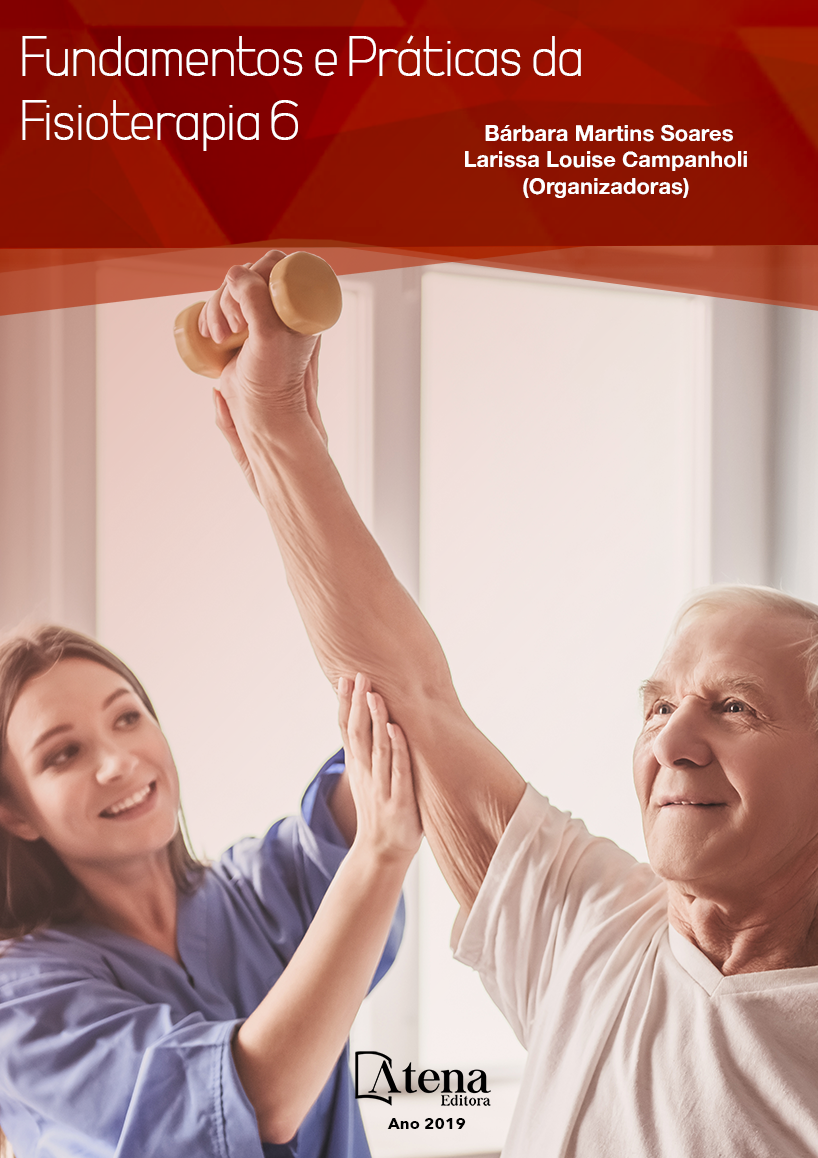
DIFERENÇA CLÍNICA ENTRE DRY NEEDLING E ACUPUNTURA NOS DIFERENTES TRATAMENTOS FISIOTERAPÊUTICOS
Recentemente, o dry
needling ou agulhamento seco tem sido a
solução encontrada por pessoas que querem
aliviar suas dores musculares.A técnica
também é indicada para recuperar movimentos.
A Acupuntura é uma técnica milenar e faz parte
da Medicina Tradicional Chinesa. Objetivo:.
Analisar a dissemelhança clínica entre dry
needling e acupuntura nos diversos tratamentos
fisioterapêuticos. Métodos: Foram incluídos
estudos em português e inglês, datados nos
últimos 13 anos, ambos os sexos, usando os
descritores e palavras chave: acupuntura,
tratamento, fisioterapia, dry needling. A busca
foi realizada nas bases científicas: PEDro,
Scholar, Pubmed, Bireme e scielo. Foram
encontrados 13 artigos, e o respectivo trabalho
foi realizado com 6 artigos. Resultados: 1
artigo relatou que o agulhamento seco direto
no local da dor o resultado é superior ao da
acupuntura no tratamento de dor miofascial. 1
artigo sugere que a acupuntura e o agulhamento
a seco podem ser úteis como adjuvantes de
outras terapias para dor lombar crônica. 3
artigos relataram o dry needling apenas como
uma subcategoria da acupuntura. 1 artigo
relatou que ambas as técnicas obtiveram
resultados significamente iguais nos sinais e
sintomas da disfunção temporomandibular.
Conclusão: Os profissionais de saúde que não
são capacitados precisam desenvolver essa
aptidão para fornecer tratamento qualificado
e evitar possíveis danos. Devido à estreita
relação entre o dry needling e a acupuntura,
a colaboração, entre acupunturistas e outros
profissionais de saúde deve ser encorajada em
relação à educação, pesquisa e prática para o
benefício de pacientes. Pesquisas adicionais
comparando ambas as técnicas são sugeridas.
DIFERENÇA CLÍNICA ENTRE DRY NEEDLING E ACUPUNTURA NOS DIFERENTES TRATAMENTOS FISIOTERAPÊUTICOS
-
DOI: 10.22533/at.ed.5341907038
-
Palavras-chave: Dry needling, Diferença, Tratamento fisioterapêutico
-
Keywords: Dry needling, difference, physiotherapeutic treatment.
-
Abstract:
Introduction: Recently, “O agulhamento seco” or Dry needling has been
the solution found by people who want to alleviate their muscle aches. The technique is
also indicated to recover movements. Acupuncture is an ancient technique and it’s part
of Traditional Chinese Medicine. Objective: To analyze the clinic dissimilarity between
dry needling and acupuncture in various physiotherapeutic treatments. Methods:
It was included studies in Portuguese and English, dated in the last 10 years, both
genders, using the descriptors and key words: acupuncture, treatment, physiotherapy,
Dry needling. The search was performed in the scientific bases: PEDro, Scholar,
Pubmed, Bireme and Scielo. Were found 13 articles, and their work was performed
with 6 articles. Results: 1 article reported that the Dry needling straight into the location
of the pain the result is superior to that of acupuncture in the treatment of myofascial
pain. 1 article suggests that acupuncture and Dry needling can be useful as adjuvants
to other therapies for chronic lumbar pain. 3 articles reported the Dry needling only as
a subcategory of acupuncture. 1 article reported that both techniques were significantly
similar in signs and symptoms of temporomandibular dysfunction. Conclusion: health
professionals who are not trained need to develop this ability to provide qualified
treatment and avoid possible damage. Due to the close relationship between the dry
needling and acupuncture, collaboration between acupuncturists and other health care
professionals should be encouraged in relation to education, research and practice for
the benefit of patients. Further studies comparing both techniques are suggested.
-
Número de páginas: 15
- Luana Feitosa Calado
- Maytta Rochelly Lopes da Silva
- Náthaly Thays Silva Farias
- João Paulo Maciel Cavalcanti de Albuquerque
- Clara Beatriz Torres Maciel


